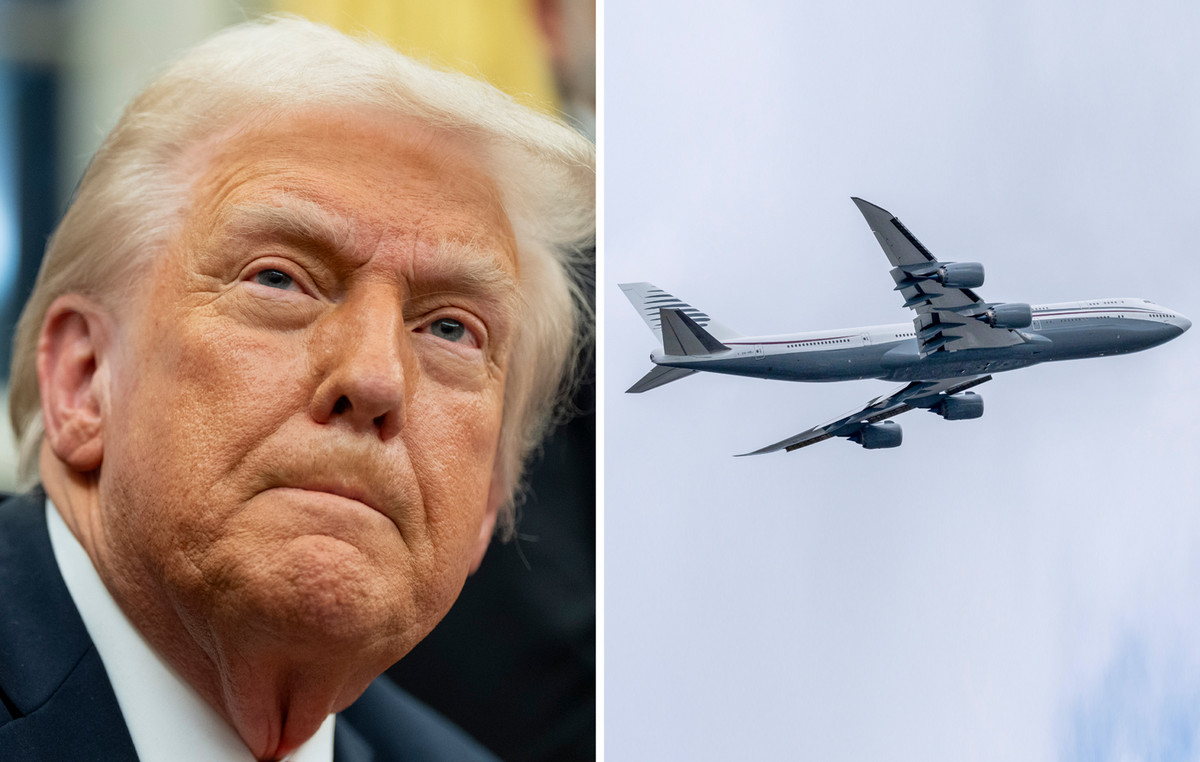The world’s largest cryptocurrency exchange Binance, in accordance with the tenth package of EU sanctions against Russia on March 9, closed access to p2p transactions in US dollars and euros for Russians. The service is popular after the Visa and Mastercard payment systems suspended their work in Russia in March 2022 and restrictions on transfers through the SWIFT system were introduced, writes RBC Crypto.
Despite the fact that any of the major crypto exchanges, including those that did not impose restrictions against Russians, provide a similar service, it was Binance that gained massive popularity, and the high liquidity of funds on the platform due to the existence of a large user base before the introduction of restrictions made it possible to turn large companies through the p2p service. amounts.
The restriction affected only the specified currencies, Russian users retained the ability to buy any crypto assets for rubles, including USDT and other stablecoins available on the exchange. Converting cryptocurrencies or stablecoins to dollars and euros will now require additional steps outside of Binance and likely associated fees. When trying to make transactions in dollars or euros, the platform offers to “select the local currency, in accordance with the Binance rules for the country specified during verification.”
Buying and selling dollars and euros is prohibited for citizens of Russia, as well as for any natural persons residing in Russia, regardless of their nationality. Access to buying and selling rubles to EU citizens was also banned. Operations with other currencies on the Binance p2p platform are still available, a representative of the exchange confirmed.
Who is affected by the restrictions
This is a kind of complication of the scheme for withdrawing money from Russia, and it will especially hit those who do not live in Russia, but receive income in rubles, and then withdraw them abroad using the p2p and USDT service, the expert explains.
For the cryptocurrency community within the country, the losses from this restriction are minimal, says Nikita Zuborev, senior analyst at BestChange.ru. Most of the operations of Russians with crypto assets are carried out with rubles. They will also continue to use the exchange to buy any cryptocurrencies, including USD-equivalent stablecoins.
Peer-to-peer (p2p) trading is the direct trading of users with each other without the participation of the exchange as an intermediary. At the same time, the exchange can fulfill the conditions of the escrow service for additional security of participants in transactions. P2p exchange services in various forms have existed since the dawn of the cryptocurrency market. The oldest and one of the most famous was the Finnish LocalBitcoins, which announced its closure in February.
Despite the fact that last spring Binance limited access to services for users from Russia with assets of more than €10,000, it is still popular with Russians, and for some, according to Zuborev, it may be associated with the crypto market as such. However, other major crypto platforms, including KuCoin, Huobi, Bybit and OKX, also provide a p2p trading service and did not impose any restrictions on the foreign exchange transactions of Russians.
If we talk about user trust, they are traditionally more disposed to exchange services than to single online exchangers or other unpromoted p2p services, Zuborev believes. However, speaking of reputation, exchange service administrators “at least have something to lose”, unlike p2p traders. Operations on large exchanges can give users the “illusion of a guarantee of security,” but in practice, exchange support often does not help in resolving disputes or superficially checks arguments and evidence, the expert adds.
What are the reasons
In the situation with the new blocking, there are several alarming factors, Roman Nekrasov notes. Firstly, Binance usually warns about the introduction of some restrictions in advance. Here, first there was a restriction, and then representatives of the exchange made explanations to journalists.
Secondly, the tenth package of sanctions, as the reason cited by the exchange, does not provide for any restrictions prohibiting Russians from buying something with euros. Either Binance implies some other restrictions from other packages of sanctions, or the explanation is not sanctions at all, but, for example, regulatory pressure on the exchange, the expert suggests.
Perhaps, having decided to block, Binance wanted to find a compromise way out of the situation when the EU is forcing the exchange to completely stop servicing Russian accounts, Nikita Zuborev admits. If so, it is “one of the best possible outcomes.” But if this step does not cancel the need to sooner or later restrict the inhabitants of Russia, then nothing “good can be found in an additional restriction.”
Another possible reason for what happened, according to Zuborev, is the demand from Russia. After April 2022, residents of Russia began to actively circumvent the Central Bank’s prohibitions on buying currency with the help of Binance.
Source: Cryptocurrency
I am an experienced journalist and writer with a career in the news industry. My focus is on covering Top News stories for World Stock Market, where I provide comprehensive analysis and commentary on markets around the world. I have expertise in writing both long-form articles and shorter pieces that deliver timely, relevant updates to readers.







